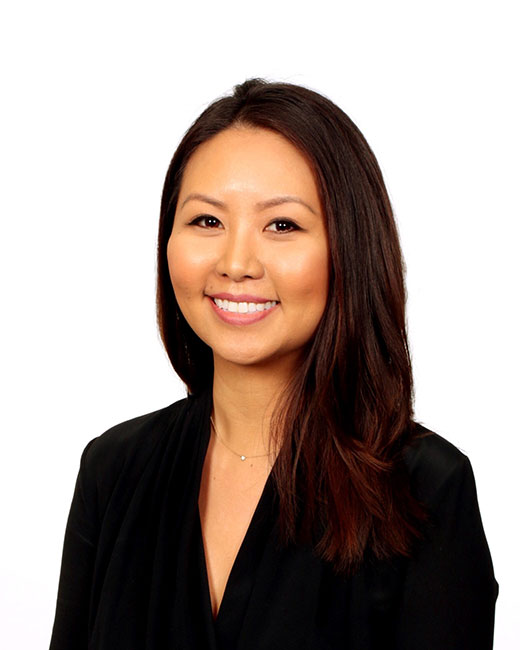Conversations with corporate researchers
Irene Lin
Senior Manager, CRM and Insights, Smart & Final
 You started your career as an account planner in advertising. What first drew you to marketing research?
You started your career as an account planner in advertising. What first drew you to marketing research?
In the account planner role, I was responsible for representing the voice of the consumer and generating insights needed to develop the strategic and creative direction of a campaign and ensuring it effectively resonated with the target audience. Marketing research played a large part in helping to understand the target audience – focus groups and phone surveys were quite popular back then. I always thought it was fascinating to hear feedback directly from customers and observe their reactions in real-time.
Can you describe the challenges you faced establishing a formal consumer insights function at Smart & Final?
I’m fortunate that Smart & Final recognized the need to become more customer-centric and made a concerted effort to support the growth and development of the consumer insights function. One of the challenges I initially faced was showcasing how consumer insights, beyond conducting one-off research studies, can deliver added value to various areas of the organization. The opportunity was to apply analytical rigor to existing data and move beyond merely describing customer data by transforming it into actionable insights.
What recommendations would you give researchers who are struggling to gain internal buy-in for qualitative research?
I find many non-researchers automatically think “focus groups” or “surveys” when the word research pops up. As we know, there are many other types of qualitative and quantitative methodologies. When it comes to gaining buy-in for qualitative, I recommend keeping it simple. Explain why qualitative would be more appropriate than quantitative – namely that quantitative helps understand the what whereas qualitative helps with the why. Next, inform them about how the qualitative methodology selected is effective in obtaining the information needed for the study. Proactively address concerns regarding sample size and reliability. Finally, offer pros and cons of the method being selected.
Do you see yourself leveraging any new methodologies in the next year?
I’m open to trying new methodologies but my impression is that some of the newer options are not as cost-efficient and don’t necessarily collect data that’s higher-quality than the existing methodologies we’re currently using. However, I am keeping an open mind about it!
